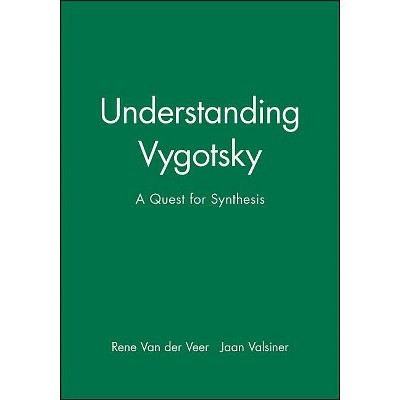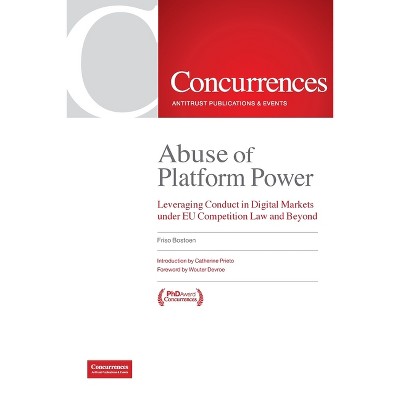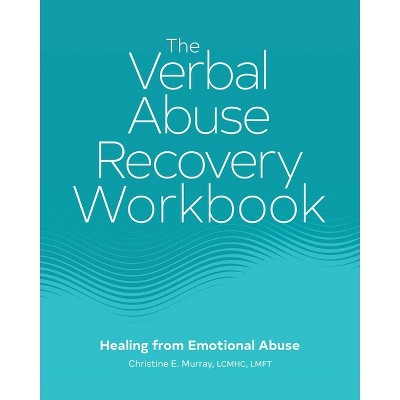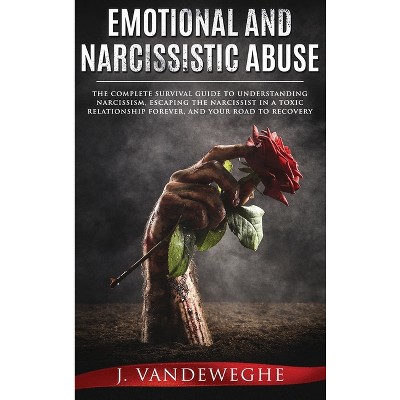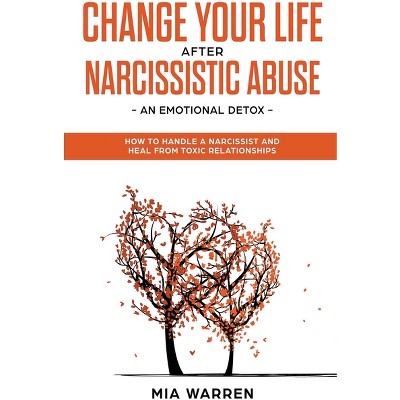Sponsored

Child Abuse and Neglect - by Jill Korbin (Hardcover)
$95.99
In Stock
Eligible for registries and wish lists
Sponsored
About this item
Highlights
- One understanding of child maltreatment is limited in that it is based almost entirely on research and clinical experience in Western nations.
- Author(s): Jill Korbin
- 232 Pages
- Social Science, Anthropology
Description
About the Book
One understanding of child maltreatment is limited in that it is based almost entirely on research and clinical experience in Western nations. The cross-cultural record, a "natural laboratory" of human behavior, allows a consideration of child abuse and neglect from the perspective of a wider range of social and environmental conditions. Each of the nine original essays in this volume examines child-rearing practices and child maltreatment in the context of a culture very different from our own. There is no universal standard for optimal child rearing, nor for child abuse and neglect. Seeking culturally appropriate definitions of child abuse, the authors stress the socialization goals of the particular cultural group, the intentions and beliefs of adults in the group, and the interpretations children place on their treatment. The authors differentiate practices such as harsh initiation rites, severe punishment, or, conversely, many Western practices viewed as abusive by other cultures, from idiosyncratic mistreatment by individuals. They further distinguish idiosyncratic child abuse and neglect form the suffering caused children, and their families, by circumstances such as poverty, food scarcity, and disease. Though several of the essays focus on the socioeconomic factors implicated in the etiology of child abuse (particularly rapid socioeconomic change), they indicate that cultural factors determine how a society will respond to negative socioeconomic conditions. The authors concur that while children may be exposed to considerable hardship in these non-Western societies, harm at the hands of individual caretakers is rare. They consider factors in the cultural context that may act either to increase or to decrease the likelihood of child abuse and neglect. Among these factors are the value that a culture places on children in general, categories of children that are more vulnerable to mistreatment, beliefs about the developmental age capabilities of children, and, most important, the embeddedness of child rearing in a network of kin and community that extends beyond individual biological parents. Contributors: Forewords by Robert B. Edgerton and C. Henry KempeOrna R. JohnsonJill E. KorbinL. L. LangnessSara LeVineRobert LeVineEmelie A. OlsonThomas PoffenbergerJames Ritchie Jane RitchieHiroshi WagatsumaDavid Y. H. Wu This title is part of UC Press's Voices Revived program, which commemorates University of California Press's mission to seek out and cultivate the brightest minds and give them voice, reach, and impact. Drawing on a backlist dating to 1893, Voices Revived makes high-quality, peer-reviewed scholarship accessible once again using print-on-demand technology. This title was originally published in 1981.Book Synopsis
One understanding of child maltreatment is limited in that it is based almost entirely on research and clinical experience in Western nations. The cross-cultural record, a "natural laboratory" of human behavior, allows a consideration of child abuse and neglect from the perspective of a wider range of social and environmental conditions. Each of the nine original essays in this volume examines child-rearing practices and child maltreatment in the context of a culture very different from our own. There is no universal standard for optimal child rearing, nor for child abuse and neglect. Seeking culturally appropriate definitions of child abuse, the authors stress the socialization goals of the particular cultural group, the intentions and beliefs of adults in the group, and the interpretations children place on their treatment. The authors differentiate practices such as harsh initiation rites, severe punishment, or, conversely, many Western practices viewed as abusive by other cultures, from idiosyncratic mistreatment by individuals. They further distinguish idiosyncratic child abuse and neglect form the suffering caused children, and their families, by circumstances such as poverty, food scarcity, and disease. Though several of the essays focus on the socioeconomic factors implicated in the etiology of child abuse (particularly rapid socioeconomic change), they indicate that cultural factors determine how a society will respond to negative socioeconomic conditions. The authors concur that while children may be exposed to considerable hardship in these non-Western societies, harm at the hands of individual caretakers is rare. They consider factors in the cultural context that may act either to increase or to decrease the likelihood of child abuse and neglect. Among these factors are the value that a culture places on children in general, categories of children that are more vulnerable to mistreatment, beliefs about the developmental age capabilities of children, and, most important, the embeddedness of child rearing in a network of kin and community that extends beyond individual biological parents. Contributors: Forewords by Robert B. Edgerton and C. Henry KempeOrna R. JohnsonJill E. KorbinL. L. LangnessSara LeVineRobert LeVineEmelie A. OlsonThomas PoffenbergerJames Ritchie Jane RitchieHiroshi WagatsumaDavid Y. H. Wu This title is part of UC Press's Voices Revived program, which commemorates University of California Press's mission to seek out and cultivate the brightest minds and give them voice, reach, and impact. Drawing on a backlist dating to 1893, Voices Revived makes high-quality, peer-reviewed scholarship accessible once again using print-on-demand technology. This title was originally published in 1981.From the Back Cover
"The pioneering nature of this work greatly enhances its importance for prevention and treatment. The average child abuse professional is unable to interpret subcultural group parenting practices for lack of the type of detailed information contained here." --Hershel K. Swinger, Director, Regional Resource Center on Child Abuse and Neglect, Los AngelesDimensions (Overall): 9.0 Inches (H) x 6.0 Inches (W) x .69 Inches (D)
Weight: 1.07 Pounds
Suggested Age: 22 Years and Up
Number of Pages: 232
Genre: Social Science
Sub-Genre: Anthropology
Publisher: University of California Press
Theme: Cultural & Social
Format: Hardcover
Author: Jill Korbin
Language: English
Street Date: June 4, 2024
TCIN: 94312358
UPC: 9780520414037
Item Number (DPCI): 247-10-0469
Origin: Made in the USA or Imported
If the item details aren’t accurate or complete, we want to know about it.
Shipping details
Estimated ship dimensions: 0.69 inches length x 6 inches width x 9 inches height
Estimated ship weight: 1.07 pounds
We regret that this item cannot be shipped to PO Boxes.
This item cannot be shipped to the following locations: American Samoa (see also separate entry under AS), Guam (see also separate entry under GU), Northern Mariana Islands, Puerto Rico (see also separate entry under PR), United States Minor Outlying Islands, Virgin Islands, U.S., APO/FPO
Return details
This item can be returned to any Target store or Target.com.
This item must be returned within 90 days of the date it was purchased in store, shipped, delivered by a Shipt shopper, or made ready for pickup.
See the return policy for complete information.
Frequently bought together

$18.88
MSRP $27.00
Buy 1, get 1 50% off select books
4.8 out of 5 stars with 575 ratings
Trending Non-Fiction

$15.68
Buy 1, get 1 50% off select books
4.8 out of 5 stars with 205 ratings

Highly rated
$19.31
was $20.98 New lower price
Buy 1, get 1 50% off select books
4 out of 5 stars with 68 ratings

$18.28
was $19.58 New lower price
Buy 1, get 1 50% off select books
4.7 out of 5 stars with 17 ratings

$4.59
MSRP $7.99
Buy 1, get 1 50% off select books
4.8 out of 5 stars with 125 ratings

$6.20
MSRP $10.95
Buy 1, get 1 50% off select books
4.8 out of 5 stars with 33 ratings

$7.09
MSRP $9.99
Buy 1, get 1 50% off select books
4.9 out of 5 stars with 46 ratings



